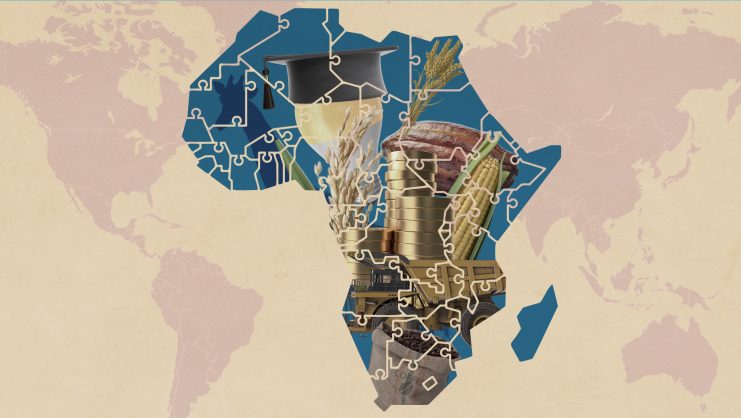Digital marketing is already one of the best predictive tools for accurately determining not only a customer’s lifetime value, in order to develop an appropriate business strategy, but also the return on a given investment (ROI) in advertising. The data is there; the real challenge lies in accessing it and bridging the gap between technology and management, which calls for advertisers with dramatically different skill sets from those found today. This new context is causing a gradual shift toward investment in digital, an area in which marketers can both choose the type of customer, thereby increasing purchasing power, and closely track the performance, and hence the profitability, of their campaigns.
Nevertheless, marketing departments have yet to embrace ROI-centric marketing systems that establish a causal link between strategy and tactics based on specific operational metrics, such as assessing the strategy’s impact on the value generated for the company. Notably, in the industrial sector, only 21% of marketing managers claim to be able to measure the ROI of their commercial operations; they remain skeptical of the concept and its application and causal relationship with other key performance indicators (KPIs). In this regard, Eric Schmidt, Executive Chairman of Google, has called corporate marketing the last bastion of unaccountable spending in corporate America.
Toward new innovative models
Although marketing departments are focusing on improving performance indicators, many marketing managers admit that they still plan their budgets based on obsolete criteria, such as data from previous years, instinct, or intuition. They also largely agree that these conventional tools will gradually give way to others designed to facilitate decision-making through forecasts based on the analysis of an increasingly broad range of data: in other words, the challenge lies in turning big data into smart data.
In this context, a study by the software development company Ifbyphone showed that the most effective metrics for measuring advertising ROI are the closing percentage (52%), cost-per-acquisition (51%), cost-per-lead (45%), and average deal size (40%). The problem is that the ROI of advertising spending on traditional media, such as television, is difficult to measure, and what cannot be measured does not exist. This state of affairs has allowed the industry to skate by for quite some time, but today there are alternatives and budgets are gone over with a fine-tooth comb.
Now that the crisis is giving way to a more stable economic situation, it seems clear that there will be no going back to the previous status quo, not when the digital revolution is rapidly changing how we live, work, and consume. Today, conventional media take almost 40% of the advertising pie, with the biggest slices going to television (40%) and the Internet (20%). In an environment marked by strong budgetary constraints that are even more acute at industrial corporations, marketing departments at all types of organizations have sought to defend their contribution to value creation within the company. According to data from McKinsey, global advertising spending exceeds $1 trillion and accounts for between 1% and 2% of world GDP.
In industry, only 21% of marketing managers claim to be able to measure the ROI of their commercial operations.
Digital marketing and resource optimization
Given this reality, marketing managers are under growing pressure to measure the true value added of the amounts allocated to their budgets. Since the crisis, resource optimization has been key, and more and more CEOs – not just advertising or marketing directors – are taking an active interest in how these advertising funds are used and allocated. Marketing departments are rapidly improving performance indicators in order to have objective guidelines for boosting the impact of marketing and advertising spending within their management systems.
Digital marketing makes it possible to quantitatively isolate each step taken to acquire a customer and to track the profitability, the two key components of ROI. First, it is necessary to generate traffic and measure the cost of each visit. The digital world also shows us how much of this traffic is converted to leads, and where the visitors who get lost along the way are coming from. Consequently, a campaign’s profitability can be determined with near perfect precision and in real time, by analyzing all types of data, visits, contacts or sales. It thus becomes possible to develop a forecasting model, refine investments, and target them at generating higher-quality traffic, as well as to dedicate specific resources to converting leads into sales through segmented offers, cross-selling, or brand reinforcement.
The idea is to focus on profitability, not just income, taking into account the associated costs. This allows us to see, from a transactional perspective, how much income customers generate and to track our relationships with them over time in order to determine whether it is profitable to pursue their potential future business.
© IE Insights.











